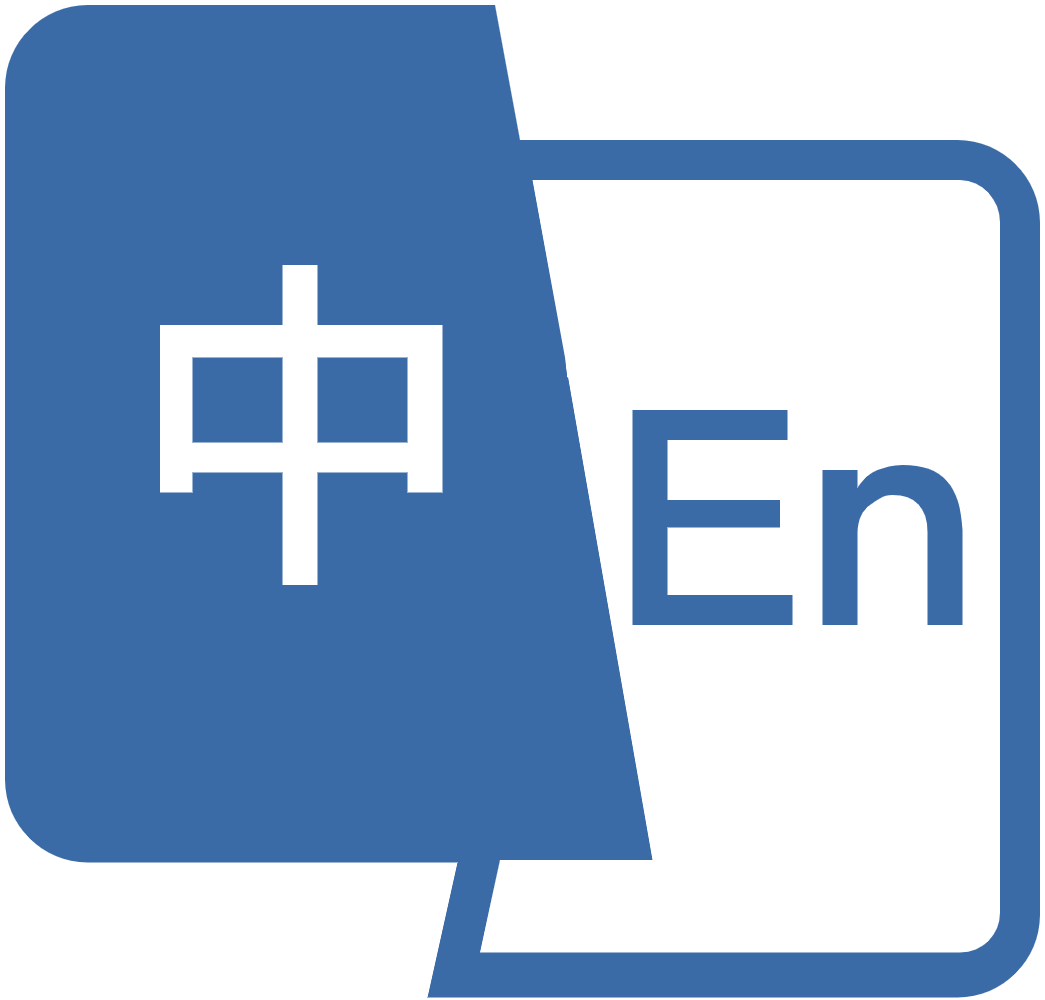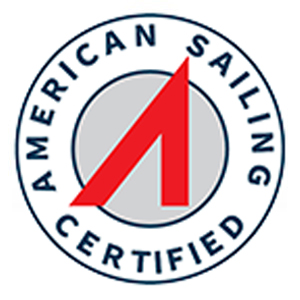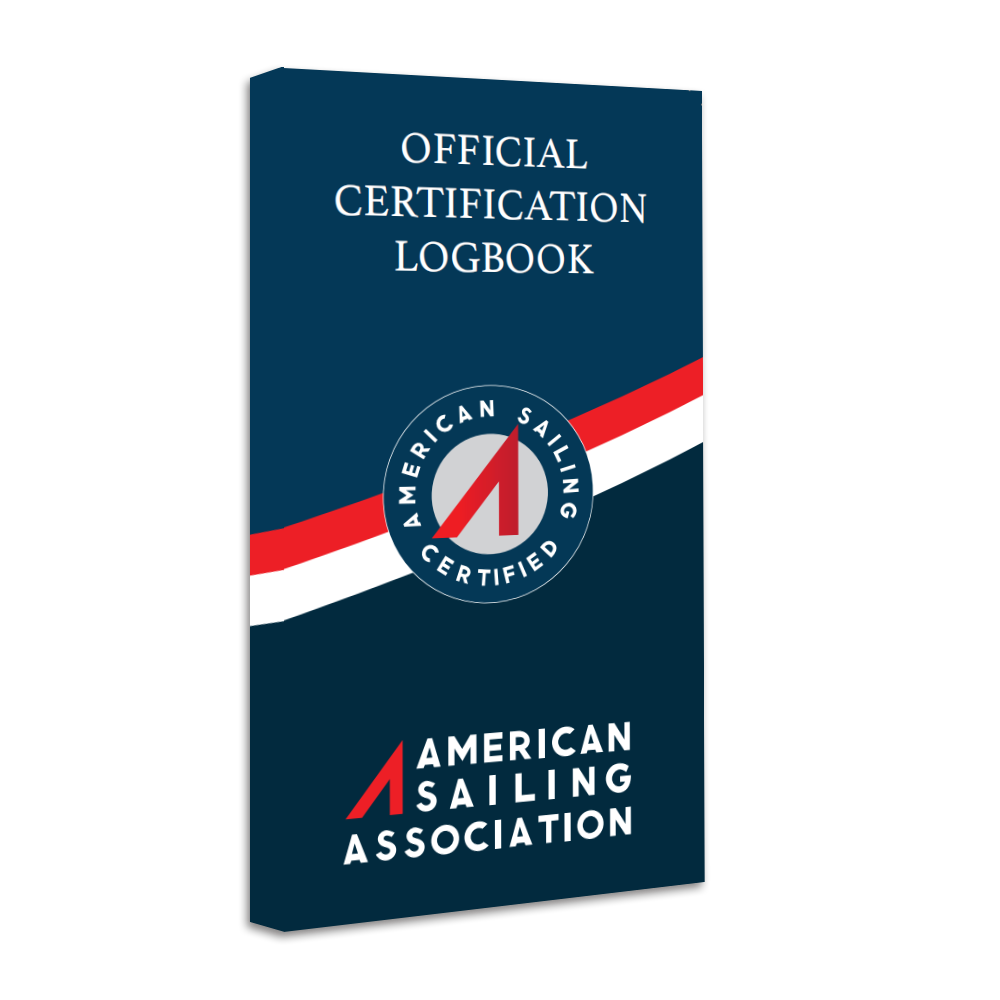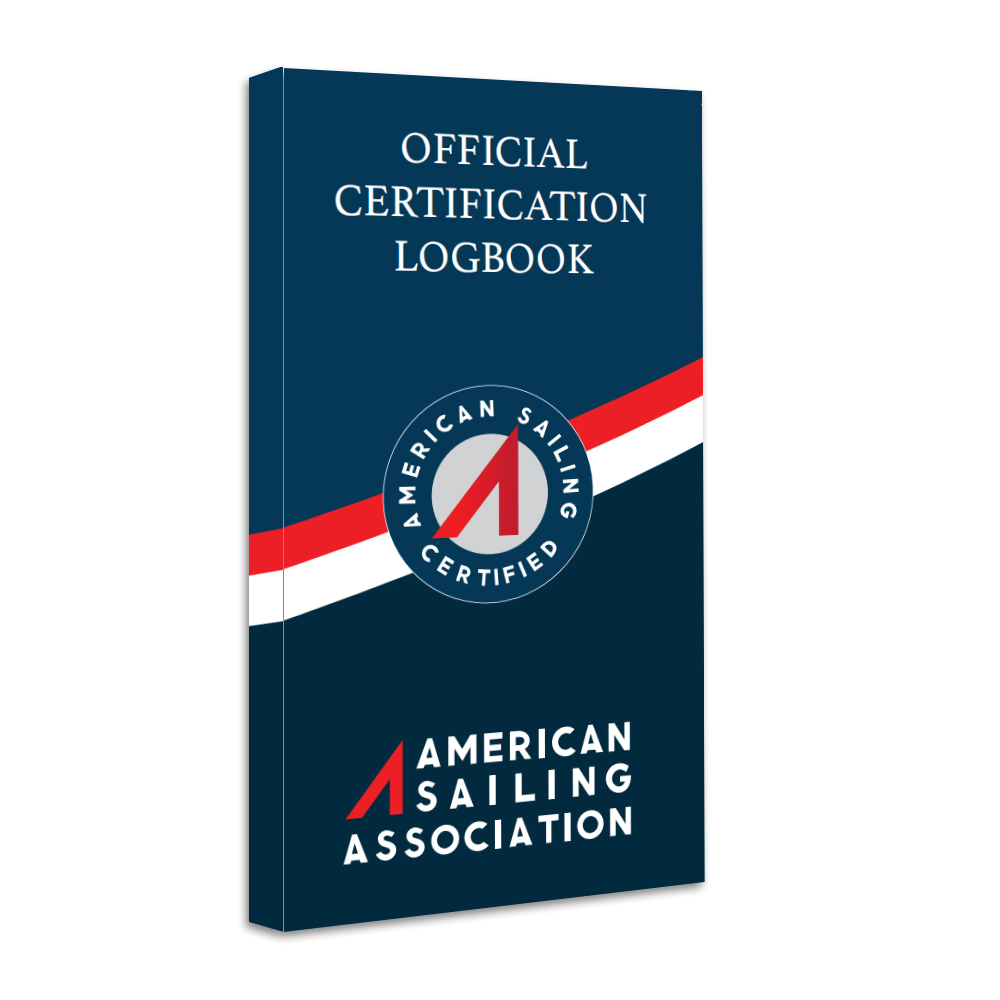1. Identify and describe the following sailboat parts and their functions:
辨认并描述下列各项:
Hull 船体 Deck前甲板 Bow and stern 船首和船尾
Transom 船艉板 Mast桅杆 Mast step 桅座
Boom 横杆 Gooseneck 横杆桅杆连接器 Shroud 侧支索 Tiller 舵柄 Rudder 船舵
Forestay 前支索 Centerboard 中插板 Daggerboard 稳向板
Spreader撑臂
2. Identify and describe the functions of the following sails, sail parts, and sail controls:
在帆船上辨认下列部件,并说明其功能
Mainsheet 主帆缭绳 Jib sheet(s) 前帆缭绳 Rudder 船舵
Tiller 舵柄 Traveler 滑车 Tiller extension 舵柄延长杆
Halyard(s) 升帆索 Outhaul主帆后拉索 Cunningham 下拉索
Boomvang 斜拉索 Downhaul 下拉索 Boom toping lift 横杆吊索
Jib fairlead 前帆导缆器 Shackle 卸扣 Bailers 泥浆泵
Cleats 羊角 Telltails 气流线 Stays and shrouds 支索
Hiking straps压舷脚带 Fenders 防碰球 Buoyancy tanks 浮力箱
Winches 绞盘 Centerboard / Daggerboard 中插板
Leeboard 下风板
3. Define the following terms:
解释下列术语的含义
Port 左舷 starboard 右舷 shipper and crew 船长船员
Helmsman 舵手 forward 前 aft 后
Tacking 迎风换舷 jibing 顺风换舷 running rigging 活动索具
Ahead 正前方 astern 正后方 standing rigging 固定索具
Windward 上风 leeward 下风 beam 船最宽处
Abeam 正横 heel 侧倾
4. Identify the following sails and parts of a sail:
识别下列船帆和船帆部件
Mainsail 主帆 leech 帆后缘 clew 帆后角
Jib 前帆 head 帆顶角 batten 帆骨
Batten pockets 帆骨袋 foot 下帆边 bolt rope 帆边绳
Luff 帆前缘 tack 帆前角 jib hanks 前帆挂钩
5. Describe the following terms and points of sail and identify them from diagrams:
描述下列术和风向角,并在图表中标出。
Head to wind 顶风 in-irons 无法航行区 luffing 飘帆
Starboard tack 右舷受风 port tack 左舷受风 close hauled 近迎风
Close reach 远迎风 beam reach 正横风 broad reach 侧顺风
Running 尾风/正顺风 heading up 迎风偏转 heading down 顺风偏转
Windward boat 上风船 leeward boat 下风船 sailing by the lee 顺风换舷的临界状态
6. Apply the “Rules of the Road” (International and Inland “Navigation Rules” for prevention of collision) for:
在以下情形中应用航行规则:
Prot tack and starboard tack sailboat 左舷受风帆船和右舷受风帆船相遇
Overtaking situation 追越
Windward and leeward sailboat 上风帆船和下风帆船相遇
Powerboat and sailboat 机动船和帆船相遇
Combinations of the above 以上情况同一时间发生
7. Describe the danger and common location of overhead power lines as they relate to sailing and trailering.
架空电线一般安装在什么位置,对航行和拖船会造成什么危险。
8. Describe the danger of cold and hot weather (hypothermia and heat exhaustion) and why a sailor should always wear shoes and life preserver.
描述冷天和热天下航行(低体温症和中暑)会有什么危险,分析船员应该总是穿鞋和救生衣的原因。
9. Describe and react to local navigation hazards including tides and/or currents and how to avoid or reduce their effects.
描述当地水域有哪些危险,包括潮汐和/或海流;应该对此做出什么应对措施。
10. Use the personal international distress signal (raising and lowering both arms at the same time).
应用国际遇险信号(同时抬起或降低双臂)。
11. Tread water for a minimum of 5 (five) minutes and swim a minimum of 100 yards without touching any objects.
踩水至少5分钟,并游泳至少100码,中途不得碰到任何物体。
Gear and equipment工具和器材
12. Select, put on and properly secure a personal flotation device on land and in the water.
陆上和海上演示选择、穿戴、系紧个人漂浮设备。
13. Select proper clothing for sailing.
选择合适的航海服装。
14. Properly rig, launch, and retrieve the specified boat (dry sail – hoist, beach rack – dolly, dock, or mooring).
为指定帆船装上索具,帆船下水,帆船靠岸等操作(干帆 – 升帆,海滩架 – 推车,码头或系泊点)
15. Safely get into and out of the specified boat at a dock in shallow water and in open water.
在浅水区域或开阔水域的码头,演示登船及下船动作。
16. Properly stow and secure all loose gear and rigging on the candidate’s boat.
在指定帆船上收好并合理存放工具和索具。
17. Without an instructor onboard and without direction, while acting as helmsman (and again as crew), sail away from a dock and mooring, sail and upwind and a downwind course and return to the dock and mooring in familiar waters, in light to moderate winds and sea conditions.
没有教练陪同,在合适的风力和海况下,在熟悉的水域独立驶离码头或系泊点,做迎风航行,顺风航行,分别担任舵手和船员的角色。
18. Clear halyards and sails, hoist the basic sails, set appropriate luff tension, check for stopper knots and secure halyard tails.
理顺起帆索和船帆,升起常用的帆,把船帆调整合适,检查止索结,系紧起帆索绳尾。
19. Leave a dock, mooring or beach completely prepared, in control in various wind directions.
做好充足准备,能在多种风向下,驶离码头、系泊点或海滩,并保持帆船时刻受到控制。
20. Select and use the correct approach on returning to the mooring, beach or dock while under control, at slow speed, and with various wind directions.
能采用正确的方法,在多种风向下,慢速驶回码头、系泊点或海滩,并保持帆船时刻受到控制。
21. Sail closer to the wind as helmsman (on command).
担任舵手的角色,按照船长的命令,贴近风向航行。
22. Quickly trim sails correctly as crew.
担任船员的角色,能迅速并准确地控帆。
23. Use proper commands: “ heading –up, sheet in”… “sheeting in”.
在上两题中能准确说出操作口令。
24. Steer away from wind as helmsman (on command).
担任舵手的角色,按照船长的命令,远离风向航行。
25. Ease and then trim sails correctly as crew.
担任船员的角色,放松缭绳并准确地调整船帆。
26. Use proper commands:”heading down, ease sheets” … “easing sheets”.
在上两题中能准确说出操作口令。
27. Quickly bring the specified boat to a close reach as helmsman (on command) and immediately ease the sheets (luff sails) to stop the boat as crew.
担任舵手的角色,能按照船长的命令迅速并准确地驶向远迎风航向,然后担任船员,迅速地调整船帆,让船停下来。
28. Place the specified boat “in irons” (head to wind and not moving) as helmsman (as well as crew) and then sail off in a predetermined direction using proper rudder control and backing of the sails.
担任舵手(船员)的角色,把帆船驶进“无法航行区”(船艏正对风向,船停止不动),然后操舵控帆,驶离顶风区,向指定的航向航行。
29. Select and maintain a given course without changing the point of sail as helmsman.
担任舵手的角色,选定航向航行,保持风向角不变。
30. Trim sails correctly as crew.
在船上担任船员,正确控帆。
31. Maintain proper for-and-aft boat trim as helmsman and crew.
担任舵手和船员,保持帆船for-and-aft boat trim.
32. Reduce excessive heel (as helmsman and crew) using:
担任舵手和船员,利用下列各项,减少帆船侧倾:
33. Select as helmsman the new close hauled course prior to a tack and then hold the new course following the tack while controlling the main.
担任舵手,驾驶帆船迎风换舷,然后保持新的近迎风航向航行,同时控制主帆。
34. Release the jib sheet as crew and trim the new sheet at the proper time and control the main when asked.担任船员,放松前帆缭绳,到达新的近迎风航向上,适时调整新的上风侧前帆缭绳。如有命令,适时调整主帆。
35. Use proper commands:“ready about” - “ready”- “helms-a-lee” or “hard-a-lee” –“trim the course”.
上述两题的操作中,使用正确的口令。
36. Select as helmsman the new broad reach course prior to a jibe while controlling the main.
担任舵手,驾驶帆船侧顺风航向航行,然后顺风换舷,同时控制主帆。
37. Release the jib sheet as crew and trim the new sheet at the proper time and control the main when asked.
担任船员,放松前帆缭绳,到达新的近迎风航向上,适时调整新的下风侧前帆缭绳。如有命令,适时调整主帆。
38. Use proper commands:”ready to jibe” – “ready” – “jibe-ho” –“trim to course”.
上述两题的操作中,使用正确的口令。
Steering rules 航行规则
39. Correctly apply as helmsman the basic steering and sailing rules governing:
担任舵手,在下列情形中应用航行规则:
Port tack and starboard tack sailboats 左舷受风和右舷受风船相遇
Windward and leeward sailboat 上风船和下风船相遇
Overtaking situation 追越
Powerboats and sailboat 机动船和帆船相遇
Combination of the above 以上情况同一时间发生
Crew overboard 船员落水
40. Demonstrate as helmsman / skipper and describe the proper actions to be taken from the time a person falls overboard without warning until the crew member is safely recovered over the transom or over the side. Speed at this level, while important, is secondary to safety in performing this procedure. Capsize and Recovery.
担任舵手/船长,描述从船员意外落水到把他从船艉板或船侧面营救上船的过程中,应该采取的措施和操作,并实际演示。在此过程中,安全第一,速度第二。
41. Demonstrate safe capsize recovery (righting) techniques for a candidate’s capsized boat. The “scoop method” may be used if appropriate.
演示如何正确扶正一艘翻覆的帆船。
42. Steer a sailboat by the lee for 100 yards without jibing.
在顺风换舷的临界状态下驾驶帆船航行100码,但确保帆船不顺风换舷。
43. Steer a sailboat backwards for 20 yards with sails backed.
让船帆受逆风,倒退行驶20码。
44. Accept and secure a towline with sails up as well as with sails down.
船帆升起和降下两种情况下,把拖船的拖缆系到帆船上。
45. Pass on a towline while underway.
航行中递送拖缆。
46. Lower and secure jib while boat is nearly head to wind.
帆船顶风航行时,降下前帆并固定好。
47. Lower and furl (with assistance) main neatly.
在他人协助下,迅速地降下并卷起主帆。
48. Properly fold and bag (with assistance) all sails.
在他人协助下, 把所有的船帆都正确折叠并装入帆袋里。
Knots 绳结
49. Securely tie a sailboat to a dock and mooring.
使用合适的绳结,把帆船牢固地系到码头或系泊点。
50. Describe the function and tie the following knots without assistance:
说明下列绳结的功用,并独立打好绳结:
Bowline (20 second or less) 单套结(20秒内)
Figure eight (15 second or less) 8字结(15秒内)
Cleat hitch (15 second or less) 羊角结(15秒内)
Round turn and tow half hitches (20 second or less) 旋圆双半结(20秒内)







